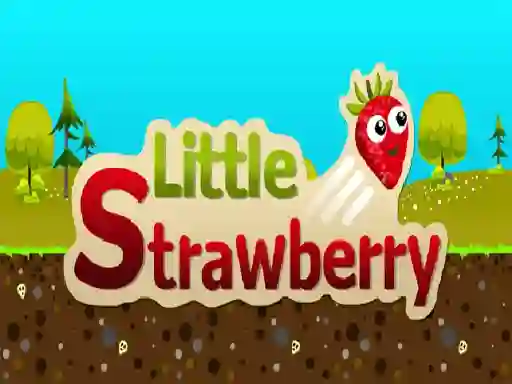



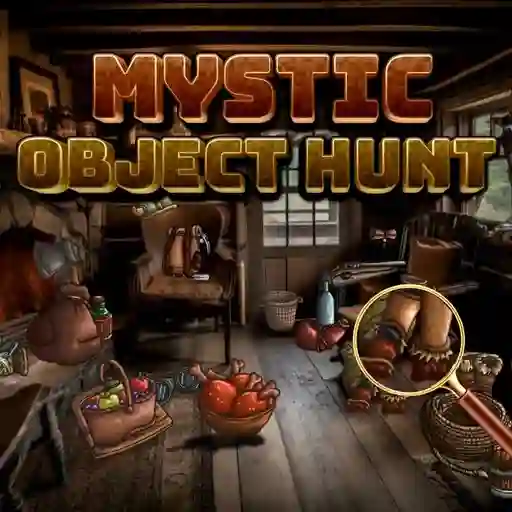





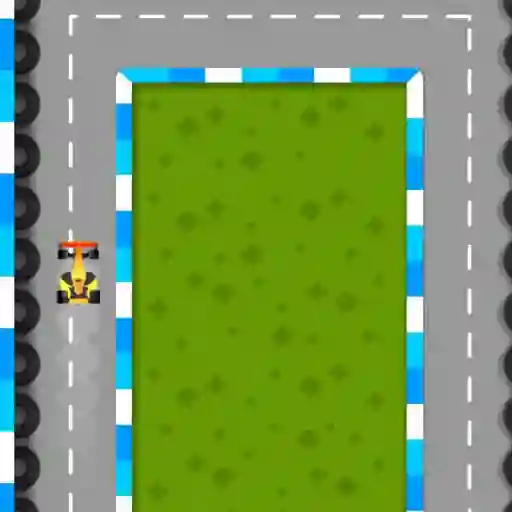





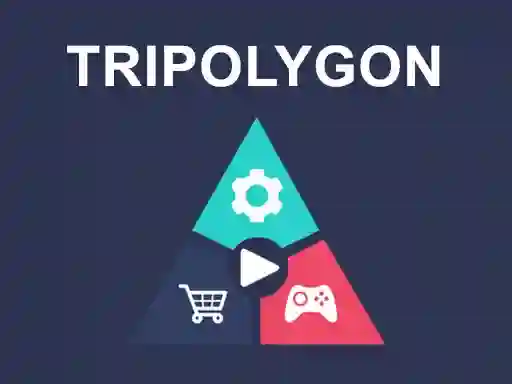




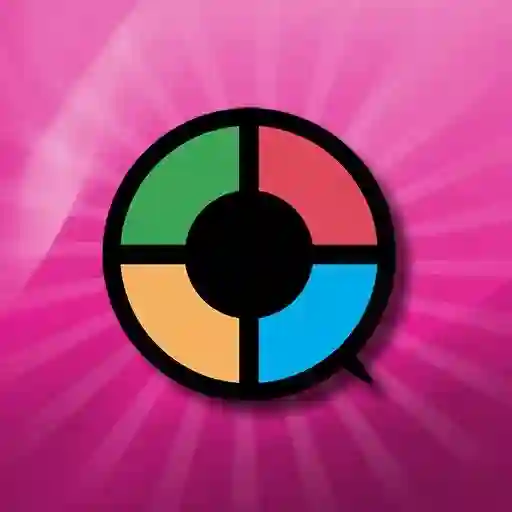




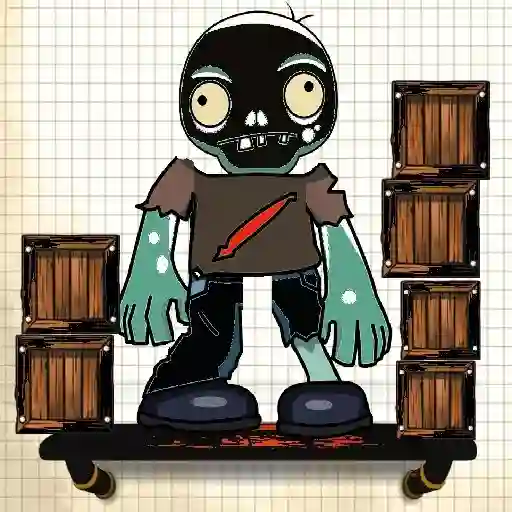
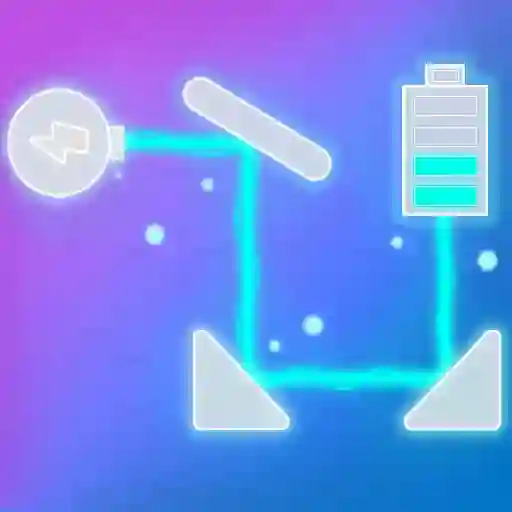



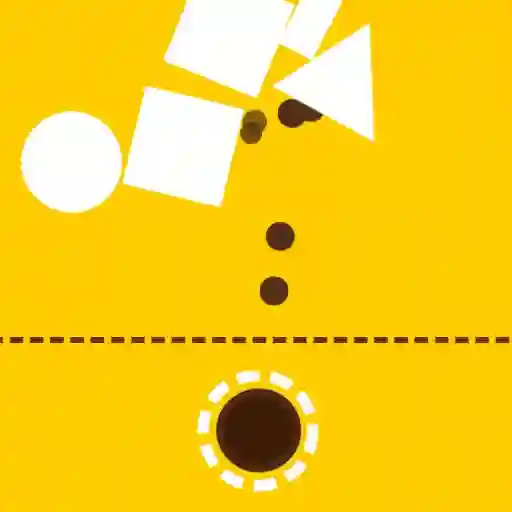
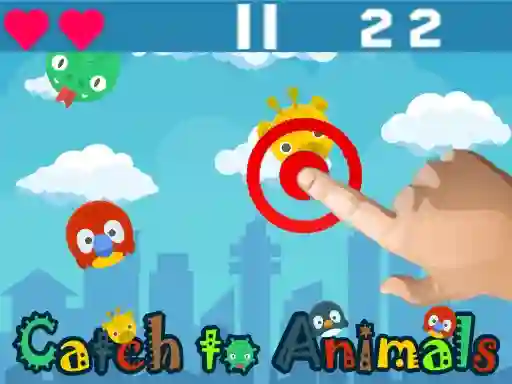
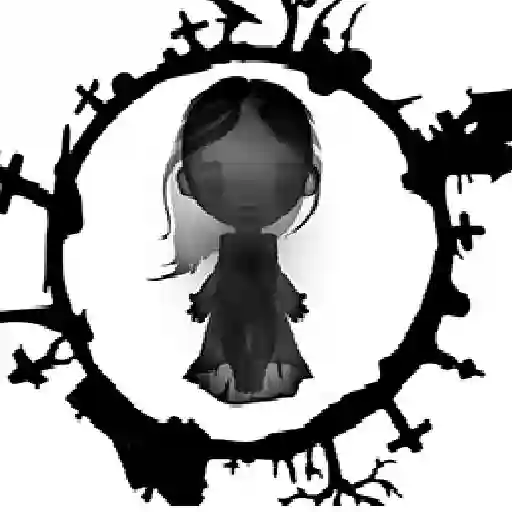



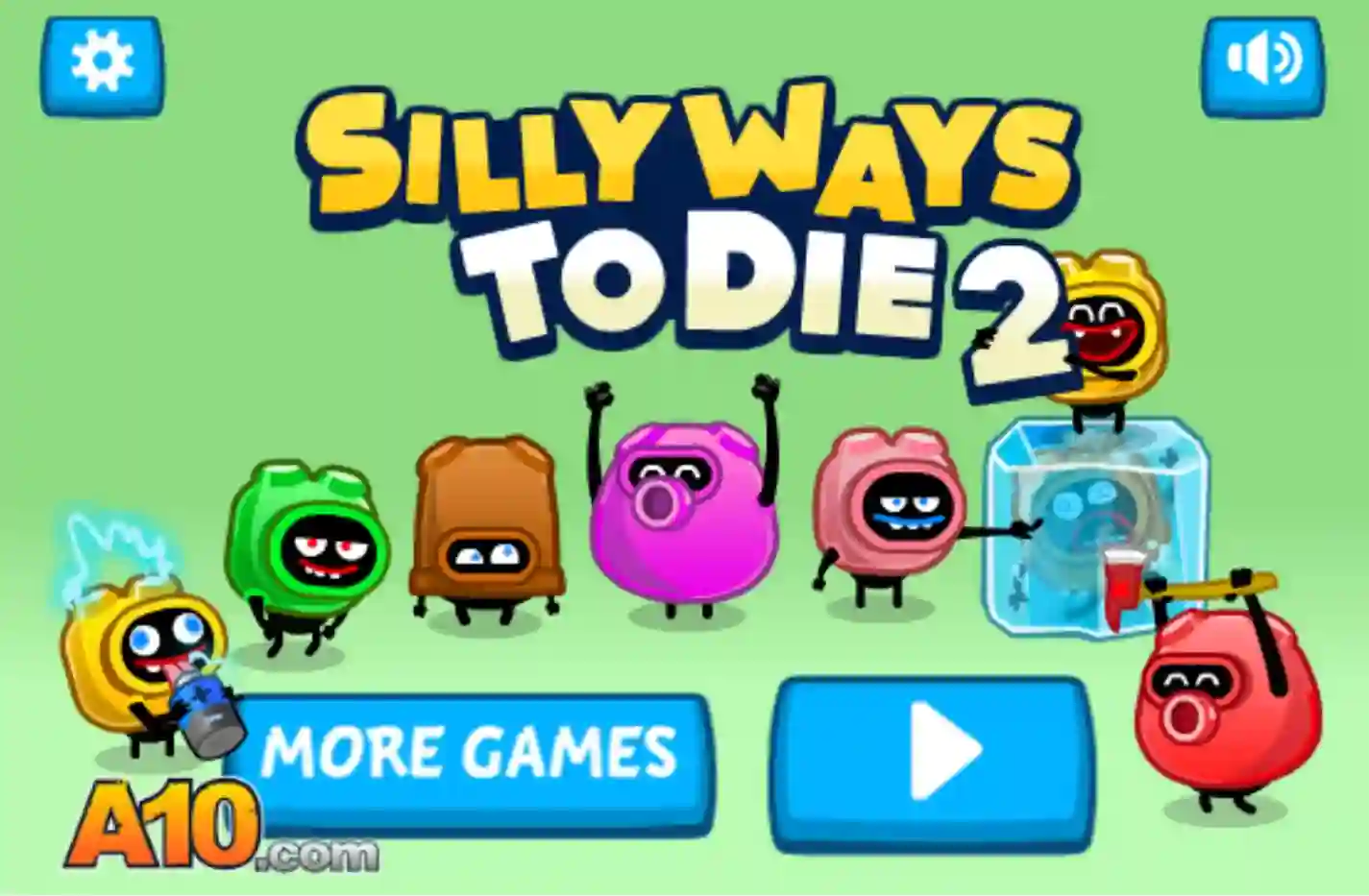
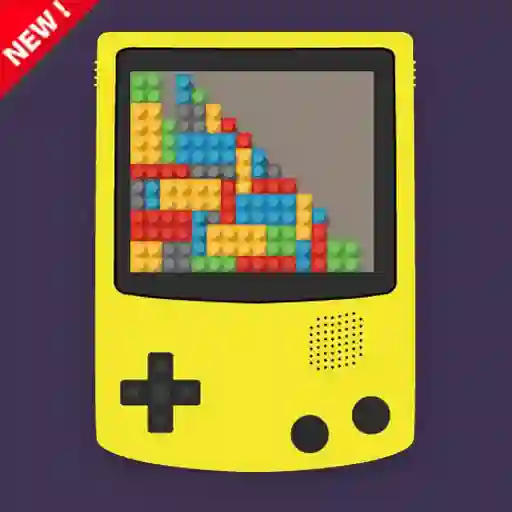

Point-and-click games are a genre of interactive computer games that rely heavily on puzzle-solving and narrative-driven gameplay. Players interact with the game world by clicking on objects, characters, or locations to progress through the story or solve challenges. These games often feature static screens or pre-rendered environments, and the gameplay revolves around exploration, inventory management, and dialogue interactions.
Key features of point-and-click games include:
• Story-driven narratives with strong emphasis on character development and plot.
• Puzzle-solving mechanics, such as hidden object puzzles, logic-based challenges, or environmental interactions.
• Inventory system where players collect and use items to overcome obstacles.
• Dialogue trees that allow players to interact with non-playable characters (NPCs).
• Point-and-click interface that simplifies navigation and interaction with the game world.
Point-and-click games are often associated with the adventure game genre and have been popularized by classic titles like Monkey Island, Myst, and Broken Sword.
What makes point-and-click games different from other adventure games?
Point-and-click games are distinguished by their simple controls and focus on storytelling. Unlike action-oriented adventure games, they emphasize problem-solving and exploration over real-time action or combat.
Can point-and-click games be played on modern devices?
Yes, many classic and modern point-and-click games are available on PC, consoles, and even mobile devices. The genre has remained popular, with developers continuing to release new titles that cater to both retro and contemporary audiences.
Are all point-and-click games 2D?
No, while many point-and-click games feature 2D graphics, modern titles often incorporate 3D environments or mixed media. The genre has evolved to include a variety of visual styles, from retro pixel art to full-motion video (FMV) sequences.